Have the last 15 years of elite men's tennis been dominated by the
BIG THREE

By Dom Smith
Andy Murray, Novak Djokovic, Roger Federer and Rafael Nadal grin down the camera lens, metal hips and dwindling mettle marking them out as the four elder statesman they now are. The photograph for which they pose is taken at the Laver Cup in September 2022 — a last dance for Federer to end his stupendous career. Later that evening, the photo appears on Murray’s Instagram account. The Scot’s choice of caption for the post: “The big 3 + some 🤡 .”
Yes, a good quip. A humorous line. But if a caption ever said a thousand words about what its writer was thinking, this was it. Someone might note what an almighty tragedy it is that Murray feels he must press the self-deprecation button in their company, feels he simply does not compare. Someone else might instead insist his joke was well-founded, that he is right to separate himself from that hallowed trio.
Only one can be right. Has the era of elite men’s tennis currently ending — if, indeed, it hasn’t ended already — been a Big Three comprising Djokovic, Federer and Nadal, or a Big Four? Is Murray too granted his ticket to the very summit, or must even he bask in their glory and long to be one of them? The Big Three or the Big Four? Big Three? Big Four? Big question.
“I’ve always seen it as a Big Four, particularly because of the ages of them all,” says James Gray, sports news correspondent for The i. “They came onto the scene at a time that really lacked stardom. There’s a famous press conference that Novak and Andy gave when they were 17 or 18. Everyone was asking Andy questions, because he was presumed to be the next big thing. They were ignoring Novak. Of course, Novak has gone on to become much more successful than Murray.”
Like so many sporting debates in this era, numbers rule the roost with regards to tennis legacies. While Djokovic and Nadal have won 22 Grand Slam singles titles each and Federer has been victorious in 20, Murray can only point to three.
“People always discount Murray because his Grand Slam titles pale into insignificance compared to Djokovic, Federer and Nadal, but tennis is a game of such tight margins”, Gray insists. “Murray has played eight of his Grand Slam finals against Novak Djokovic, who is probably the greatest player of all time. Look at some of Roger Federer’s Grand Slam opponents. Despite the numbers, the fact he has beaten Djokovic in Grand Slam finals suggests to me he is good enough to be considered in that bracket.
“A Grand Slam title is such a binary thing because only one person can win it. A more holistic number is something like the number of Grand Slam matches won. Now he’ll still be a way behind.” And Gray is right. Even just by looking at the number of Grand Slam finals reached rather than finals won, Murray edges closer to them. Djokovic 33; Federer 31; Nadal 30; Murray 11.
As seen above, Murray’s rate of change from Murray’s 198 Grand Slam matches won to Nadal’s (the lowest tally of the Big Three) 314 is much sharper than the same rate between Stan Wawrinka’s 151 and Murray’s 198. It shows that Murray perhaps occupies a place all of his own over the last 15 years — not part of Wawrinka and the chasing pack, but also not quite as supreme as the so-called Big Three.
That is certainly the view held by Christopher Clarey, global sports columnist and tennis correspondent at The New York Times for more than 30 years. “To me it’s just so clear that he was in the conversation,” Clarey says. “Andy is certainly the fourth man in this era, with a space between him and the three and a space between him and the next level. Stan Wawrinka has three [Grand Slams]. Why isn’t he right there with Andy Murray? He didn’t have that day-to-day consistency or achievements on so many levels that Andy did.
“That was the pivot point — winning the [2012 US Open] major — but he had also built up this body of work by then. It was truly a Big Four. Is it going to be remembered that way? No, probably not. Because of the longevity and the major championship numbers the others put together, it’s inevitable that ten or 15 years down the road, people are going to remember that Andy Murray won Wimbledon, was Britain’s greatest player, was knighted, but they aren’t going to think of him in the same bracket as Nadal, Federer and Djokovic.
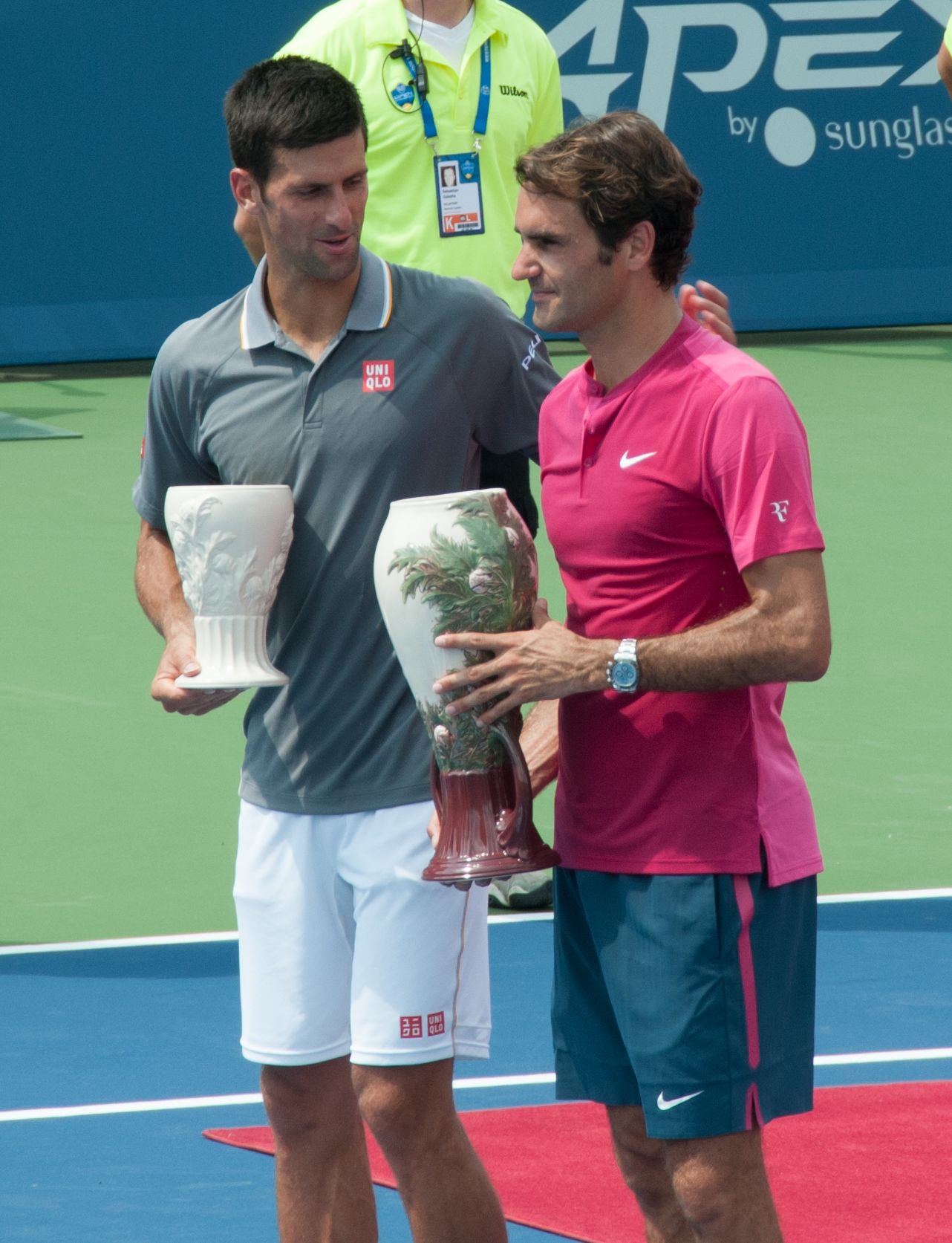
“I’m not sure any of those three won a major that meant as much as Andy Murray’s 2013 Wimbledon win meant to the sport, to the country, to the tournament, and to him. Andy won the most important one.”
Murray, as well as battling Djokovic, Federer and Nadal, battled injury throughout his career. He had arthroscopic hip surgery in 2018, having spent months fighting hip pain. His struggles continued and a year later he had hip resurfacing surgery, meaning he now has a partially artificial metal hip.
“Andy got dealt a tough hand,” Clarey reflects. “Due to the era he was in, the mountain of pressure heaped on his shoulders with the huge drought of British men’s tennis winners at Wimbledon. He will be remembered as an incredibly gritty competitor, because of the way he’s persevered after his hip problems could have knocked him out of the game. All four pushed each other to new heights, and I don’t think anything would have been as good if there hadn’t been all of them.
“I don’t think his game translated to the masses really,” Clarey admits. “Federer, for the flow, the grace: you didn’t need to know tennis to appreciate what you were seeing. Rafa’s unconventional bull fire, matador approach was pretty accessible. I’d say Novak and Andy have similar types of games, and I don’t think it’s as immediately appealing. They’re so balanced. Novak is a little more spectacular because he’s so flexible, incredibly elastic with near-splits.
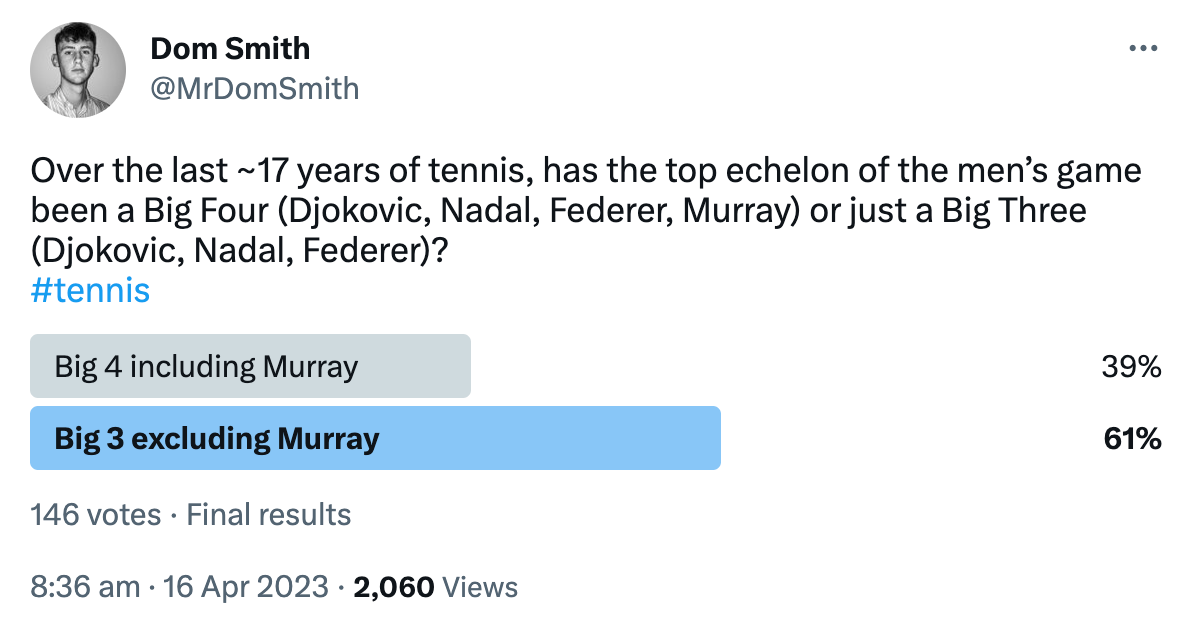
“Andy is almost too good for the box office in the sense that the way he gets around the court is heavy-legged, he strikes the ball cleanly, and is deceptively fast. But if you know the game and know how hard some of the things he is doing are, then you really appreciate it. It’s a phenomenal feat to be out playing singles with an artificial hip. Since the beginning of his injury woes, Murray has missed as many Grand Slams as he has played in. The fact Murray is still playing with a metal hip at the age of 36 is a compliment to his competitive nature and his boundless love for the sport.
“When you watch Andy play, there’s a lot of negative energy. He has, at times, tried to conquer it, and ultimately decided ‘it’s just me.’ Watching Andy, you never felt he was enjoying it. You were watching a perfectionist at work, frustrated at being unable to achieve perfection. In sport perfection is often elusive, but in tennis it is impossible. This poor guy chose this sport or it chose him, and he’s in a situation where he’s always suffering and he’s getting after his entourage. Over time people understood where that came from.”
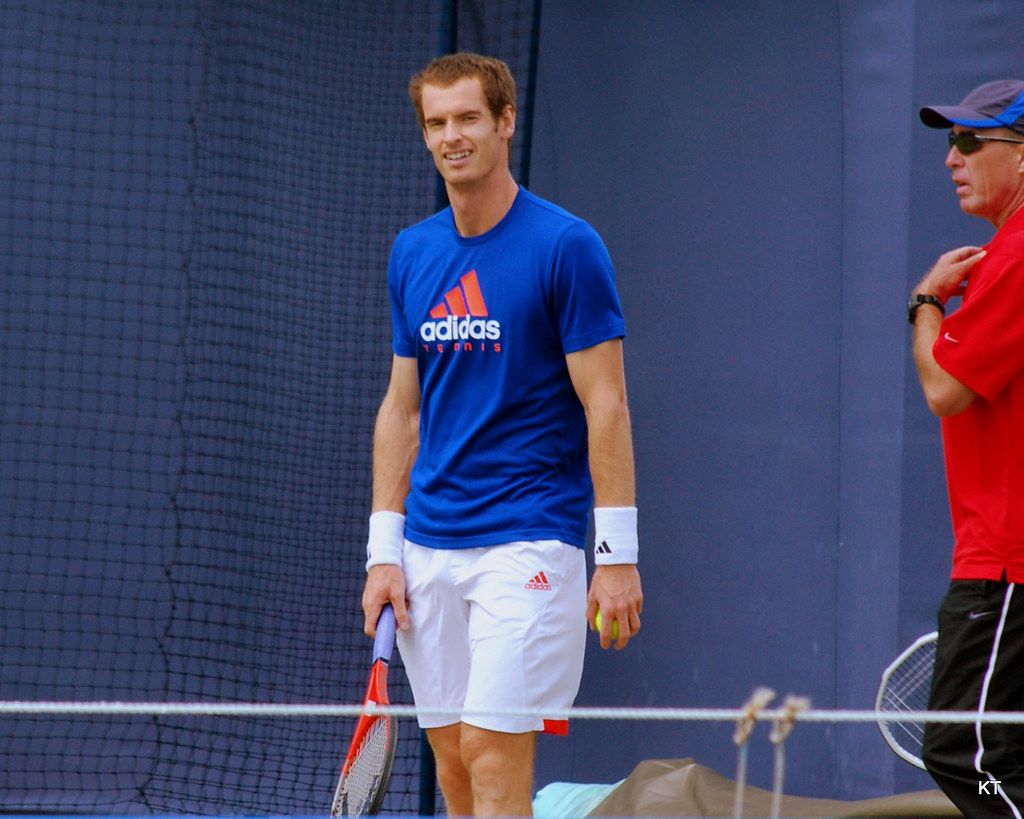
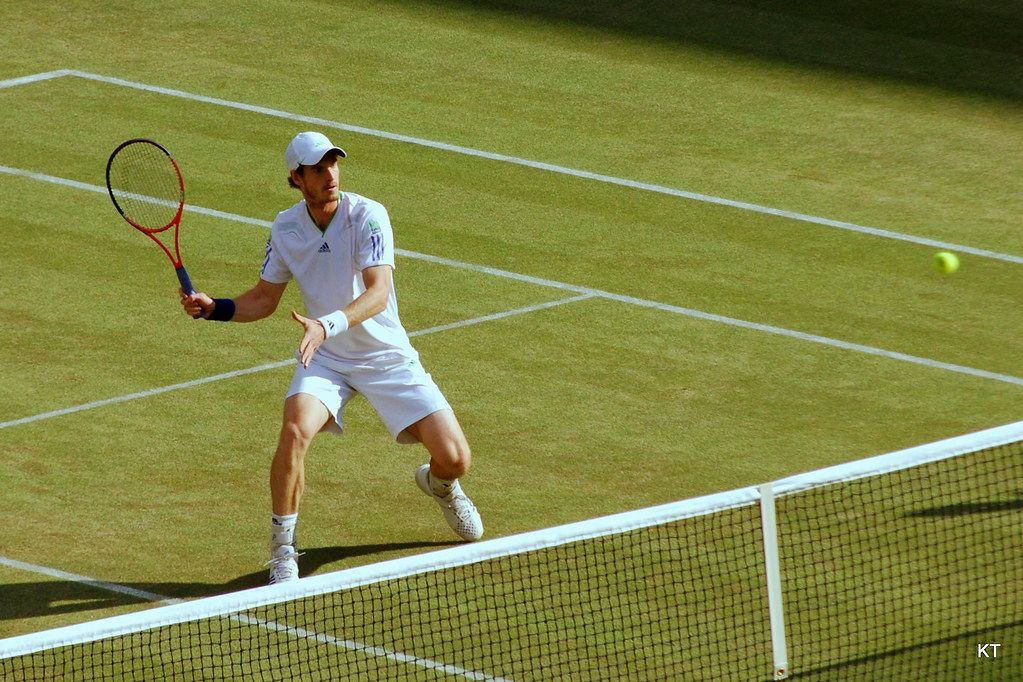
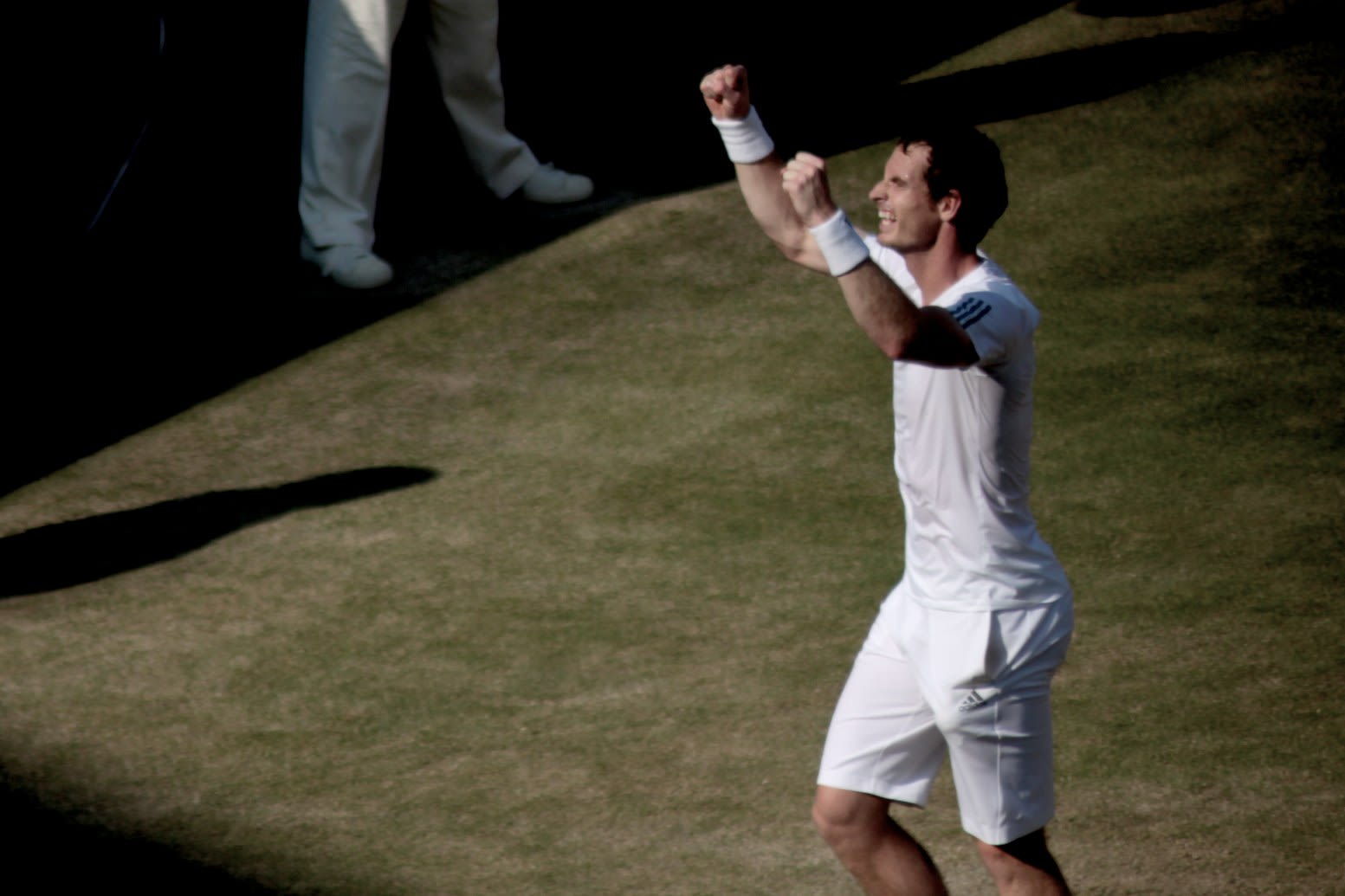
“All four pushed each other to new heights, and I don’t think anything would have been as good if there hadn’t been all of them.”
Christopher Clarey, The New York Times
Clarey, like Gray, is also eager to mention that much of the British media has been eager to place Murray in the category of a Big Four largely because he is Britain’s tennis darling. “If Andy had been a different nationality, it would have had a different dynamic to it,” Clarey says.
But, interestingly enough, just as the British sports press has done a great deal to raise the status of Murray in tennis’s global psyche, so too has Murray raised the status of Britain in tennis’s global psyche. Nadal won four Davis Cups, Federer and Djokovic won one apiece. Murray also won one, almost singlehandedly lifting GB to world glory in 2015. Only Nadal among the Big Three has an Olympic singles gold medal, from 2008. Murray, to his immense credit, prevailed in 2012 and then successfully defended his crown in 2016.
“Andy paid for his 2016 Olympics title,” Clarey recalls. “He really pushed his body and mind to the breaking point in that extraordinary year. And he finished the year as world No1. It’s great to see that he is on that list of year-end No1s. That’s a club you want to be part of. He totally earned it, with the brutal competition being what it was.”
“It will be remembered as a Big Three, but certainly at the time it very much was a Big Four,” says Stuart Fraser, tennis correspondent of The Times. “There was a period in tennis from about 2010 to 2014 when these guys were at semi-finals all the time. Andy’s ability was right up there.
“You might as well have started these events and Masters events at the semis and cancelled the rest of the tournament. You’d get your semi-finals lineups. More often than not it was all four of them — and if not four then three of them. He was up there with them and level. They considered him to be part of a quartet. At last year’s Laver Cup you noticed how much respect the other guys have for Andy. When he was at his best, he was relentless; he was a bloody tough opponent.
“In a way, it’s probably frustrating for him that he came along in an era when there’s three other guys who are just ridiculously good. But in another way, it also elevated him because he really did have to improve. The longevity, he obviously hasn’t had compared to others, but, certainly at his peak, ability-wise he was right up there.
“In Scotland, Andy became an immense source of pride,” he adds. “An Andy Murray match became an event, almost like Scotland playing a football match. All your mates would watch. He is a character who needs something to rail against. He likes people telling people that he can’t do something so he can prove them wrong. It’s an interesting mindset, but one that’s clearly worked for him. There is something that in Andy is more evident than with the other three: in anything he does, he is so competitive.
“He’ll admit himself he should have way more slams,” Fraser adds. “He probably should have seven or eight. Three Grand Slams is not insignificant, but he will be disappointed that there’s a few missed opportunities there. He should, for sure, have had an Australian Open under his belt — and I really do believe he could have won the French. He was shafted a bit with the hip injury. I think that probably took away his chances of winning the Australian Open, because he still could have done that.”
Federer has now retired, but would further majors for Nadal or Djokovic undermine Murray’s chances of being considered part of a Big Four in the eyes of some? “I don’t think so, because they would always have won them in what I regard the post-Murray era,” says Gray. “People need eras to define things to make it easier to remember, and Murray is part of the era.
“Especially with the way people are ‘Wikipedia warriors’ now, I do worry that in 20 years’ time, people will be going: ‘But Murray only won three Grand Slams so he wasn’t even in the same ballpark’,” Gray says. “They won’t look at the finals and remember him winning Olympic gold, singlehandedly winning the Davis Cup for GB. I’d hope the branding of the Big Four will preserve his legacy, but it might not.”
Fraser is less convinced that the Big Four would be a fair reflection of this era of tennis. “In the next 50 years, I would like think these three will still be remembered as the greatest of all time. One — possibly Djokovic — will stand out, but I think they will very much be remembered as a club, a group, the Big Three. Andy will be remembered for challenging them at their very best, winning Wimbledon as a Brit, and essentially being a decent guy.”
Clarey ultimately agrees. “Andy belonged, and there was a true Big Four for four years. Looking at the whole arc of history, I would have to call it a Big Three now.”
At the peak of his and their powers, Murray took on the Big Three and often won. It makes him their favourite rival, and their closest too. It does not make him a clown.
